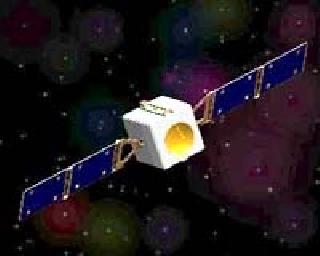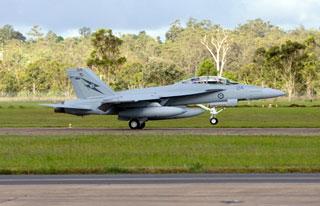
CHENNAI (PTI): A 'small' revolution has taken root at some universities across India.
With a little push from the Indian space agency, more and more students are now building small or nano satellites.
These satellites ride to the outer space as piggybak payloads on Indian Space Research Organisation (ISRO) rockets that put into orbit bigger Earth observation satellites.
"For the past five years we have been encouraging university students to build satellites. It gives them an avenue to explore this field and also helps us develop human resource for our space programme," D V A Raghava Murthy, Project Director, Small Satellites, ISRO told PTI.
The SRM University, which is hosting the 98th Indian Science Congerss, will be the first institute to have a satellite launch this year.
Last year, ISRO had put into orbit Studsat – a tiny earth observation satellite built by 35 students from engineering colleges in Bangalore and Hyderabad. Prior to that, the agency had launched Anusat, another satellite developed by students.
At present, five institutes – IIT-Kanpur, IIT-Mumbai, Indian Institute of Space Technology, Sathyabhama Institute and Vellore Institute of Technology – are building small satellites.
"We have been getting nano satellites developed by foreign countries for being launched. We thought why not our own universities develop satellites," Murthy said.
The space agency has been getting hundreds of applications from varsities across the country proposing to develop small satellites.
"We evaluate every application and the science proposal before going ahead with a project. ISRO scientists work closely with the universities that are selected for the project," he said.
A group of 35 students from the SRM University have been working on 'SRMSAT' since 2008. The satellite weighing just 10 kg and at a cost of Rs 1 crore will monitor gases from space.
"The satellite will monitor GHG – mainly carbon dioxide – in the atmosphere. A grating spectrometer is employed for monitoring earth-based sources and sinks of anthropogenic and natural sources of GHG," he said.
The students from 12 disciplines of engineering in the university have been working closely with ISRO to develop the nano satellite.
The SRMSAT is expected to be put into orbit by the middle of 2011 as a piggyback payload during the launch of Indo-French satellite Meghatropiques.
Last year, students of IIT Kanpur handed over nano satellite Jugnu developed by them for launch by ISRO.
Murthy said such smaller satellites can also be used to test new technologies or equipment which could be scaled up for bigger missions after their success is proven.
The life of a small satellite is much less – a few months – compared to the larger ones which last for more than a decade.
Smaller satellites have emerged as low cost options world over for carrying out specific activities in outer space.
There are over 1,000 satellites weighing less than 100 kgs launched in the last 30 years, T K Alex, Director of the ISRO Satellite Centre, said.
Small satellites have good potential due to their innovative approach to technology and their low cost which enables scientists to take risks, he said, adding that these 'little birds' are suited for a wide spectrum of space missions for proving new ideas in communication and sensor technologies, biology experiments and advanced propulsion technologies.
Alex said space scientists were now exploring possibilities for launching a swarm of satellites that could orbit the Earth in various formations.
This idea comes from a flock of birds which fly together without colliding into each other.
 Previous Article
Previous Article Next Article
Next Article









The Indian Air Force, in its flight trials evaluation report submitted before the Defence Ministry l..
view articleAn insight into the Medium Multi-Role Combat Aircraft competition...
view articleSky enthusiasts can now spot the International Space Station (ISS) commanded by Indian-American astr..
view article